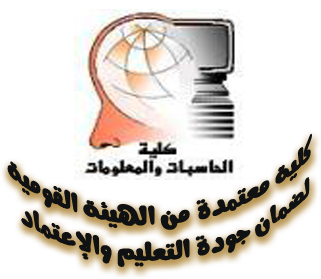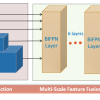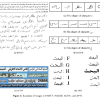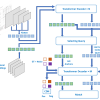In the past, 3D shape reconstruction process was based on passive stereo which do not require direct control of any illumination source, instead relying entirely on light. Nowadays, 3D shape reconstruction is based on active stereo which replace one camera with a projector. The projector plays an important part in solving the correspondence problem. It projects coded patterns on the scanned object. By capturing the deformed pattern using cameras, the correspondences between image pixels and projector (columns-rows) can be found easily. To do that, the projector must be calibrated. In this work, the problem of projector calibration is solved by passive stereo and triangulation. Our system consists of two cameras, projector, and planner board. A checkerboard pattern is projected on the board and then captured by the two cameras. Using triangulation, the corresponding 3D points of the projected pattern is computed. In this way, having the 2D projected points in the projector frame and its 3D correspondences (calculated using triangulation) the system can be calibrated using a standard camera calibration method. A data projector has been calibrated by this method and accurate results have been achieved.
Research Department
Research Journal
International Journal of Future Computer and Communication
Research Member
Research Rank
1
Research Publisher
NULL
Research Vol
vol. 2, no. 5
Research Website
<a href= "https://doi.org/10.7763/IJFCC.2013.V2.191"> <font color="blue"> DOI: 10.7763/IJFCC.2013.V2.191</font></a>
Research Year
2013
Research_Pages
pp. 385-390
Research Abstract







